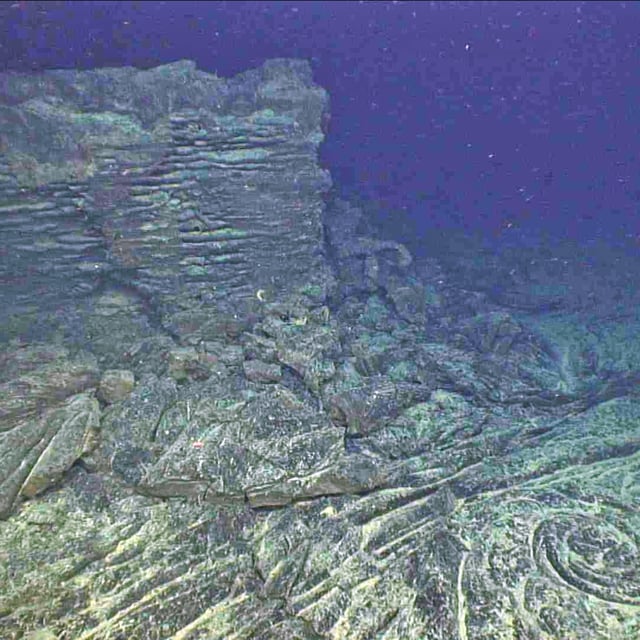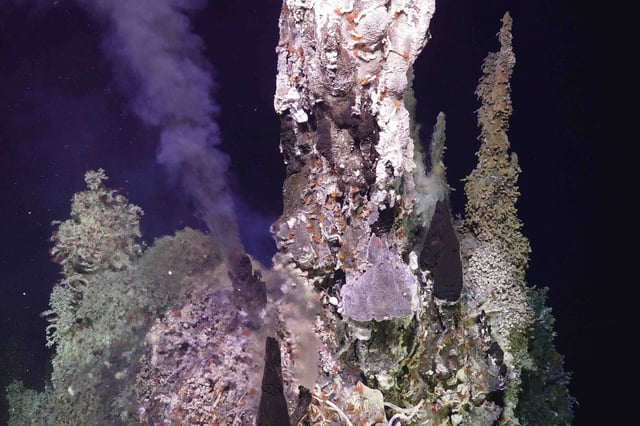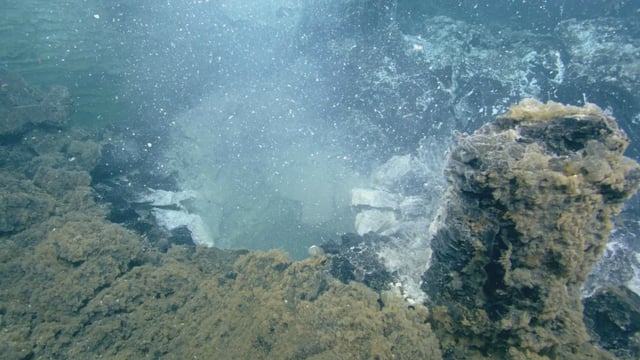Overview
- Axial Seamount, located on the Juan de Fuca Ridge, has inflated over 20 cm, matching pre-eruption levels from its last three eruptions in 1998, 2011, and 2015.
- Seismic activity has surged to 200–300 earthquakes daily, occasionally spiking to 1,000 during tidal cycles, signaling increased stress on the volcano.
- Researchers predict an eruption could occur within months to a year, although no direct threat to coastal communities is anticipated due to the volcano's depth and location.
- Submarine eruptions, unlike terrestrial ones, are less explosive due to water pressure, but can temporarily devastate hydrothermal vent ecosystems, which later exhibit rapid recovery.
- The Axial Seamount is part of a mid-ocean spreading center responsible for three-quarters of Earth's volcanic activity, offering scientists a unique opportunity to study underwater eruptions in real-time.


